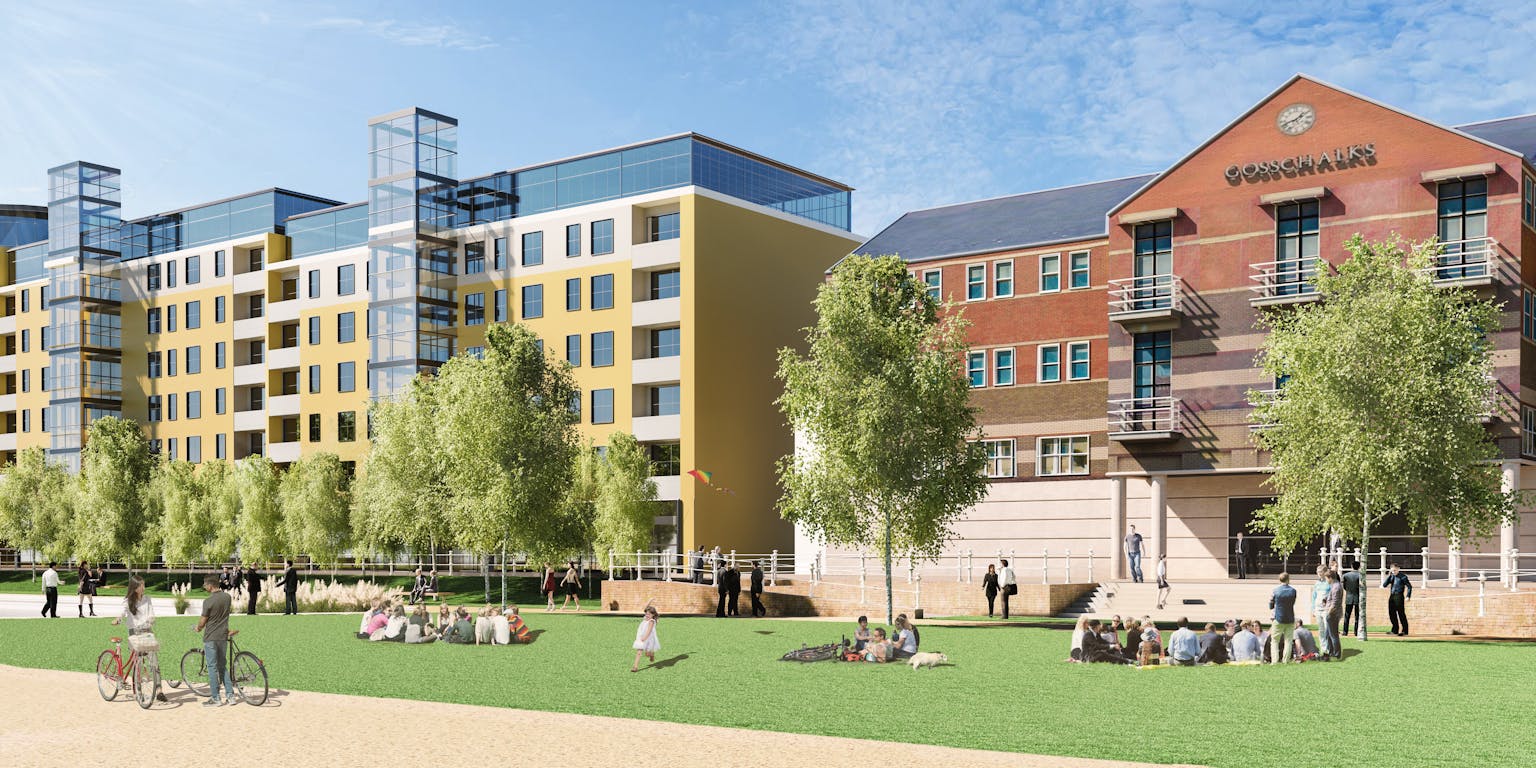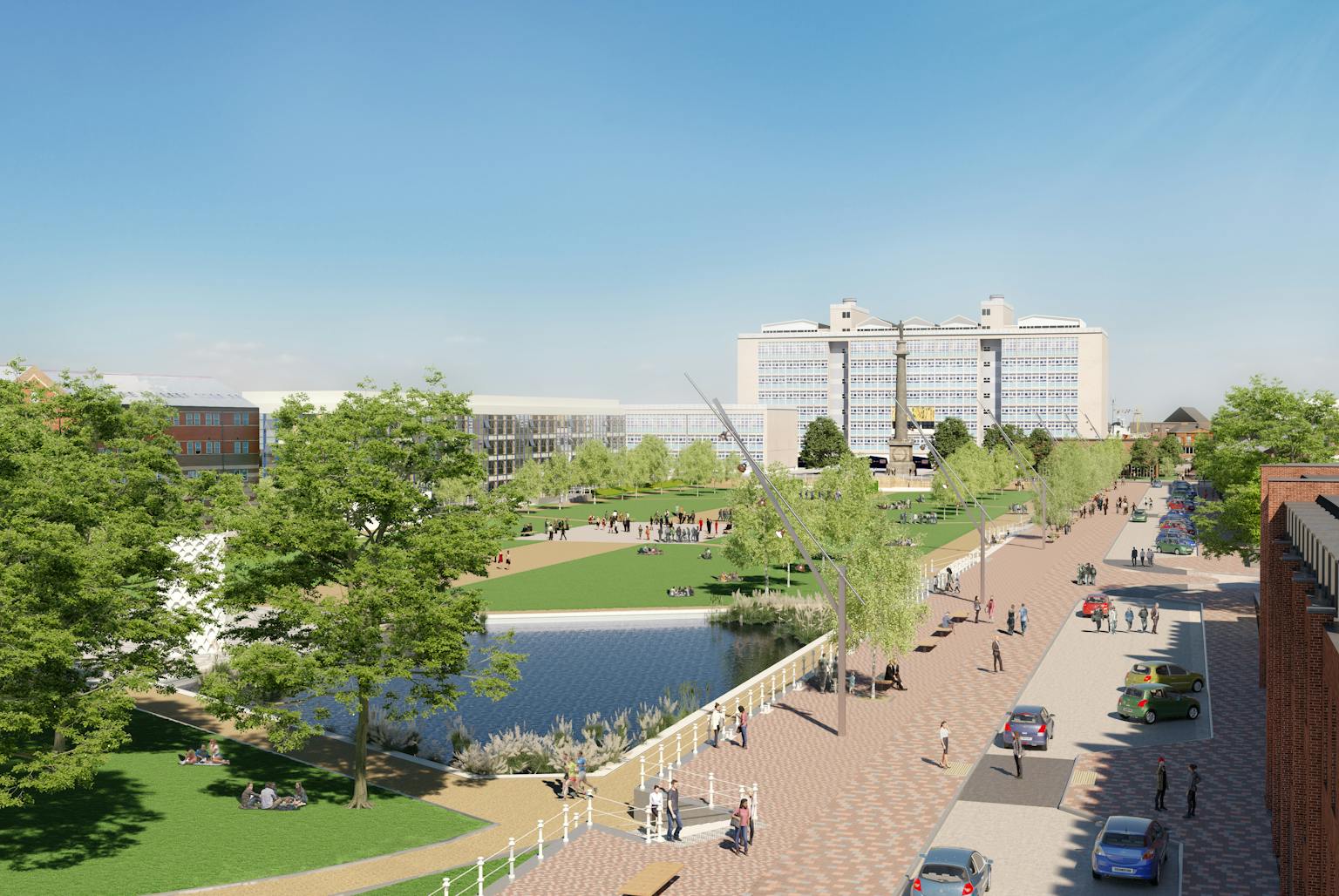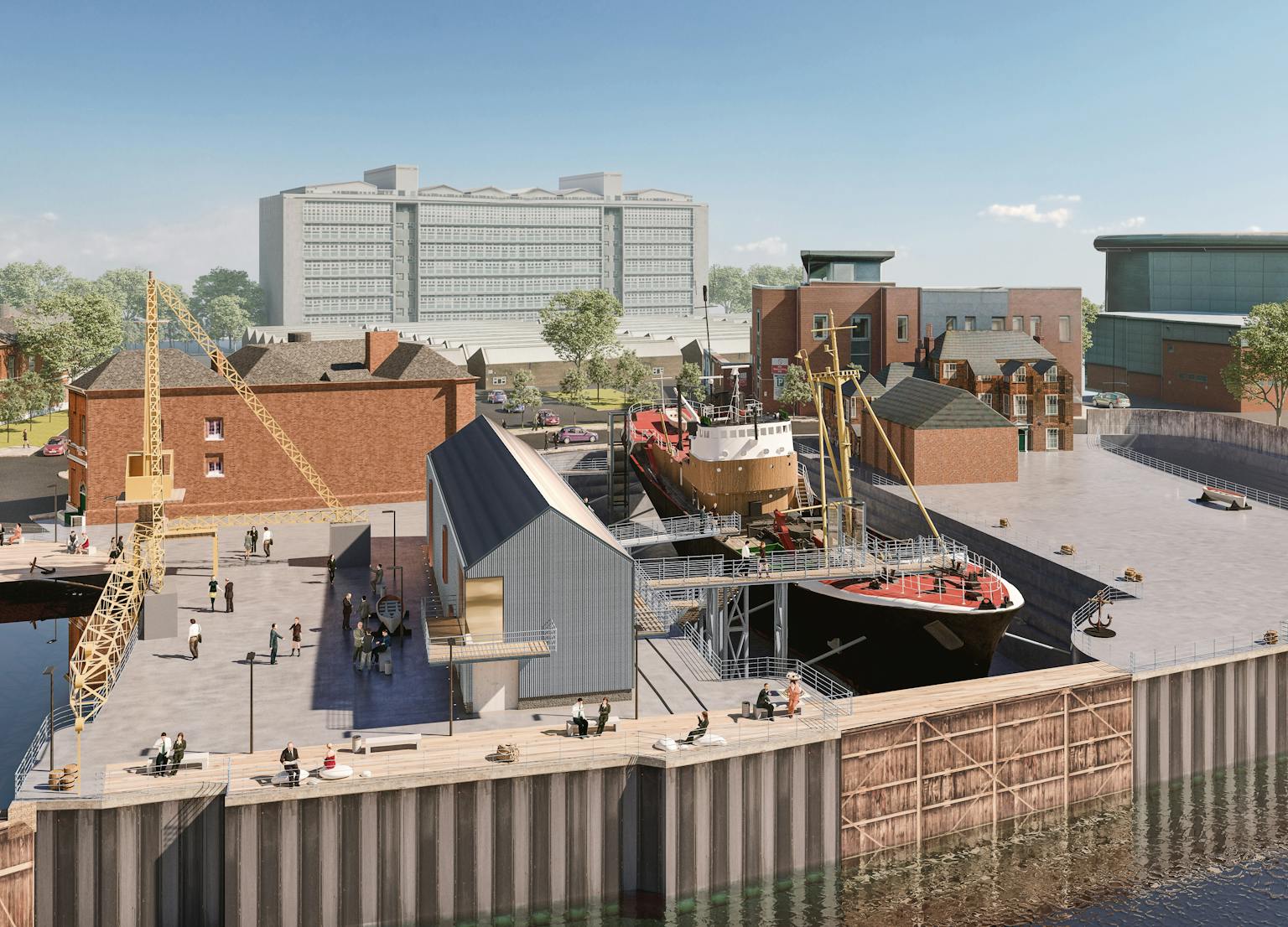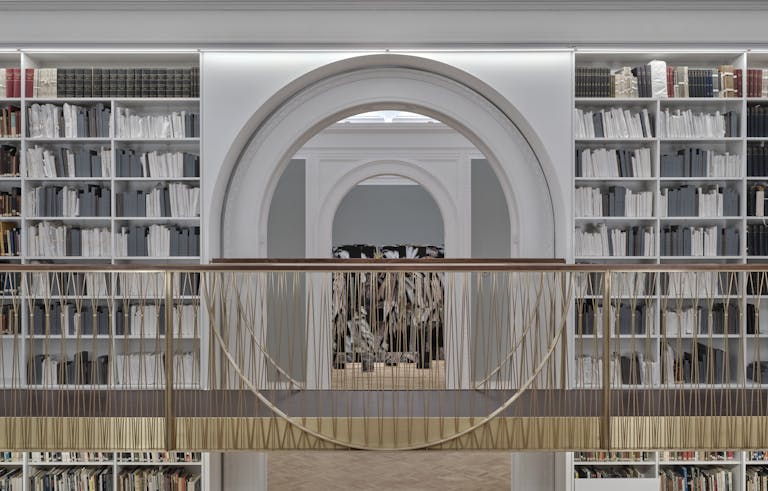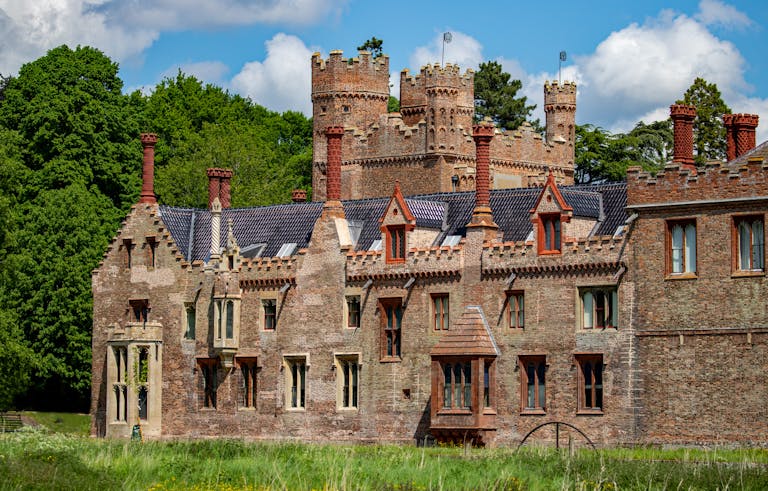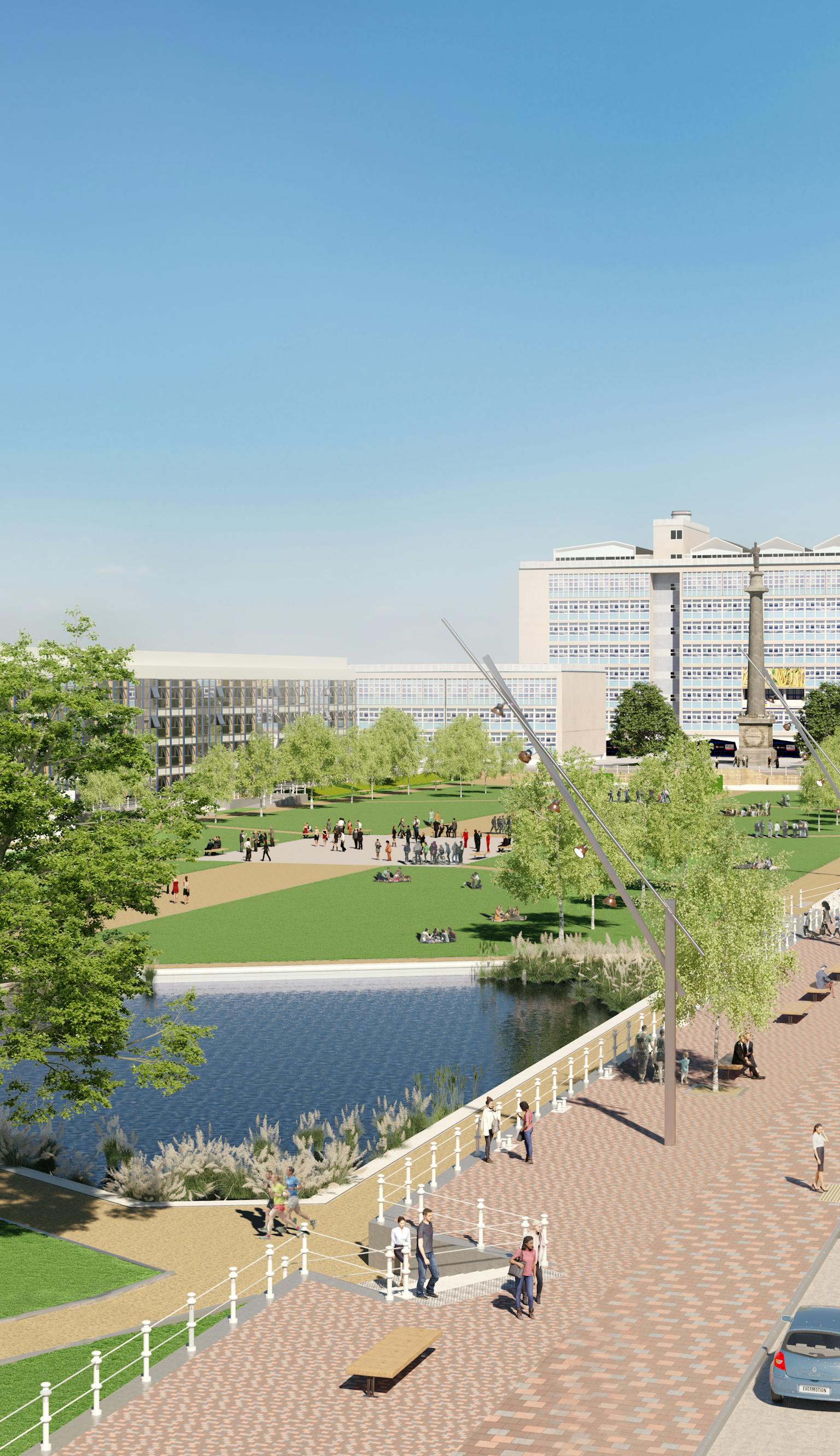
Hull: Yorkshire’s Maritime City Project
A citywide cultural regeneration and place-making project
- Location
- Yorkshire & North East
- Client
- Hull City Council
Purcell are developing a holistic scheme to reconnect Hull to its prevalent maritime history.
The ambitious project involves opening up the historic maritime spaces of Hull’s pastime, including reinstating the North End Shipyard and the original entrance to the Queen’s Dock. Works began on site in August 2021, the latest significant project milestone.
The project also involves the design of a new sustainable Passivhaus maritime visitor centre. The area will become the new home for the Arctic Corsair, preserving its future, while enabling new audiences to learn about Hull’s maritime heritage.
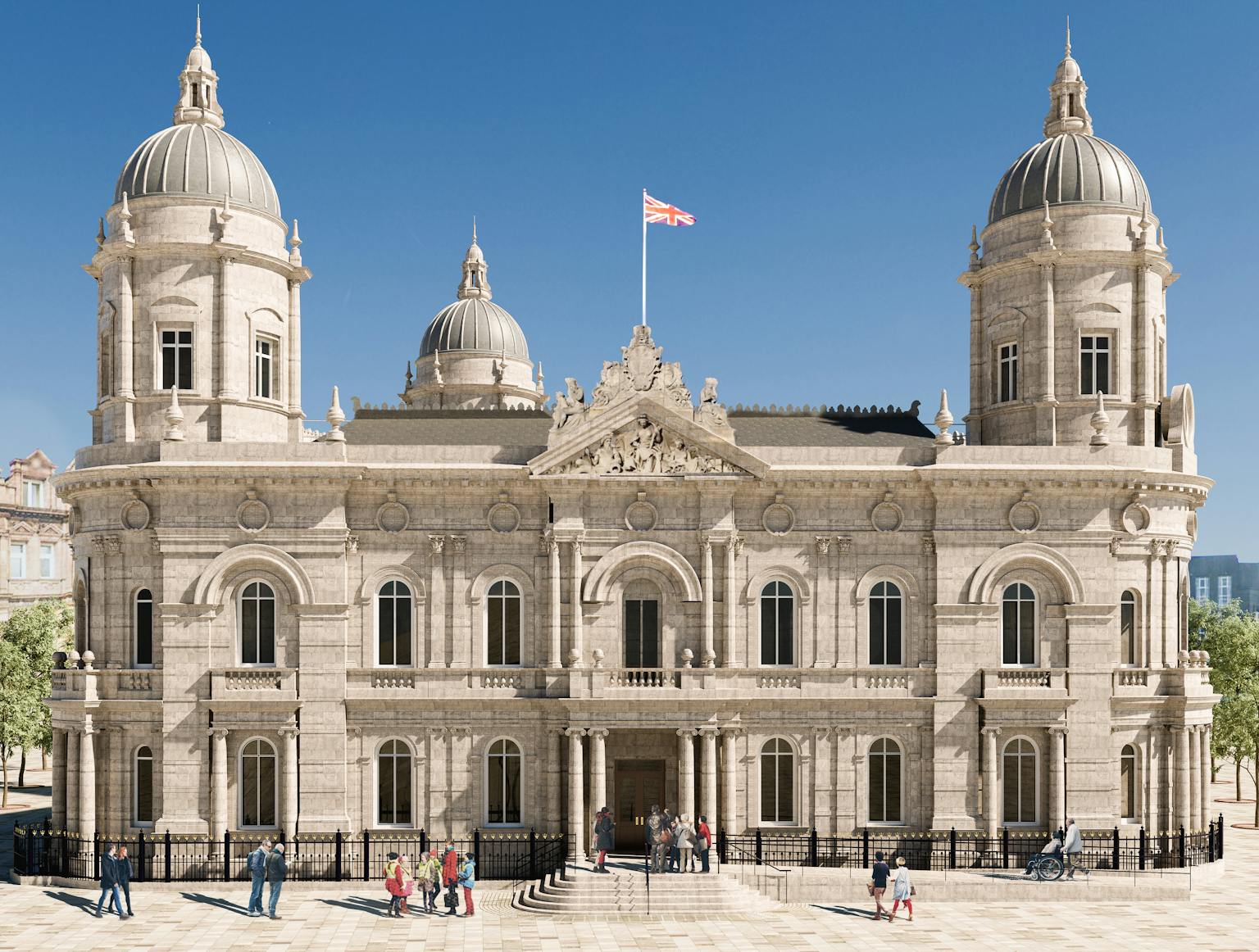
Throughout the years, Hull’s architecture has evolved with less connection to its rivers, historic dockyard and maritime history. The Hull: Yorkshire’s Maritime City project is part of a citywide cultural regeneration and place-making project initiated by UK City of Culture 2017 and will increase Hull’s offer to visitors and residents, refocusing the cityspace and highlighting Hull’s past, present and future. The project will promote and safeguard Hull’s maritime history, collections and architecture, while developing employment and cultural opportunities for local people.
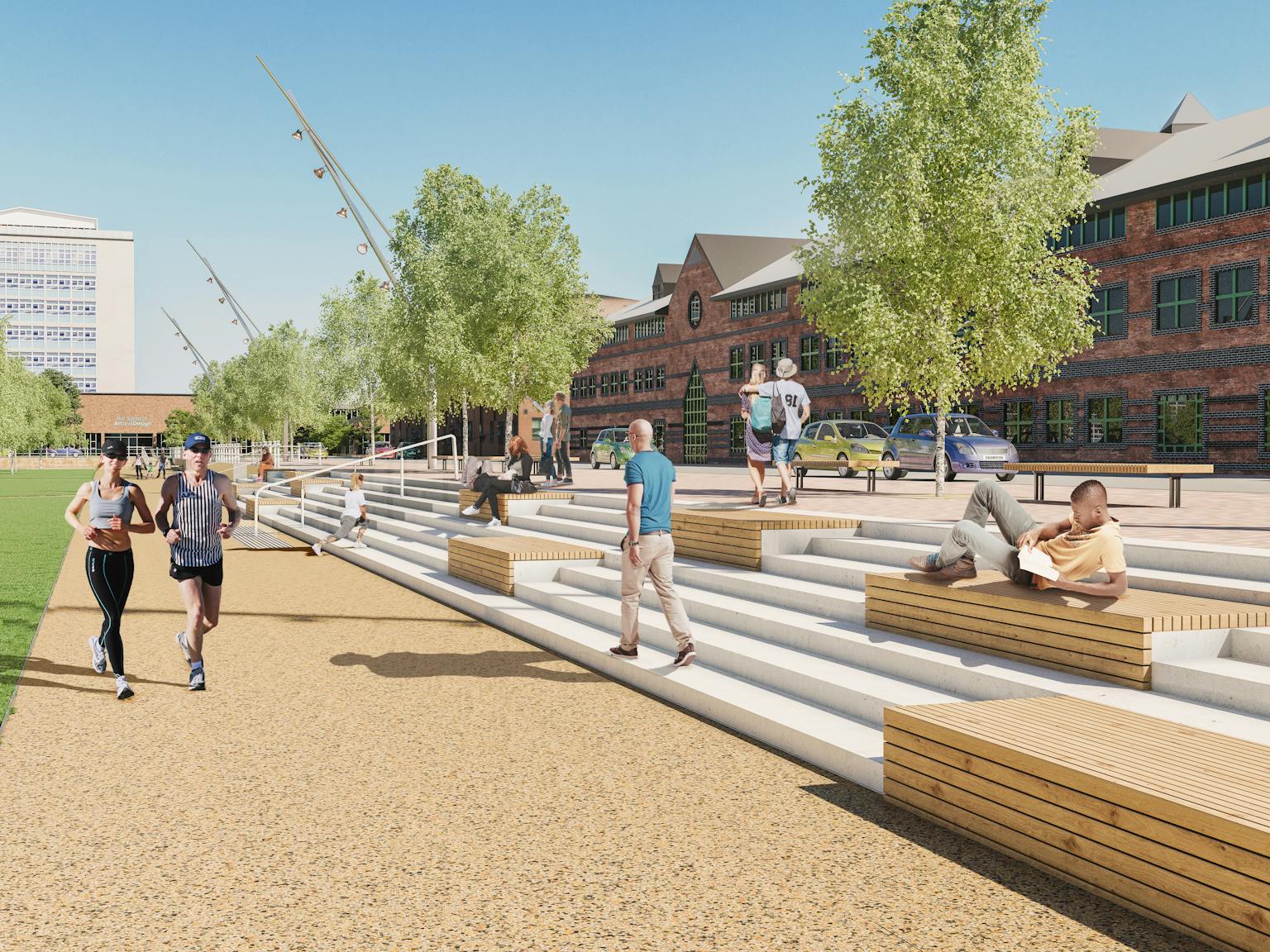
The rejuvenation of the Maritime Museum is one part of the project. The museum was initially built in the 1860s as a dock office, and since, the building has developed into many guises, being transformed into a museum in the 1970s.
Our team is retaining its legacy as a Maritime Museum while opening up the space for greater visitor access. The programme will open up an additional floor and underused atrium within the building that will be repurposed as exhibition and wayfinding space.
50% of the Maritime Museum is back of house space and only two out of the four floors are accessible to the public. There is a lot of public pride in the building and one of the key aspects of our project is to hand back as much of the building as possible to Hull’s diverse community.
— Owen Plummer, Associate
Next door to the Maritime Museum are the Dock Office Chambers which were built in the 1890s, currently used as office and ad hoc storage space. Our team is converting the area into further storage space, freeing Hull Maritime Museum's storage space to be further used for exhibition space.
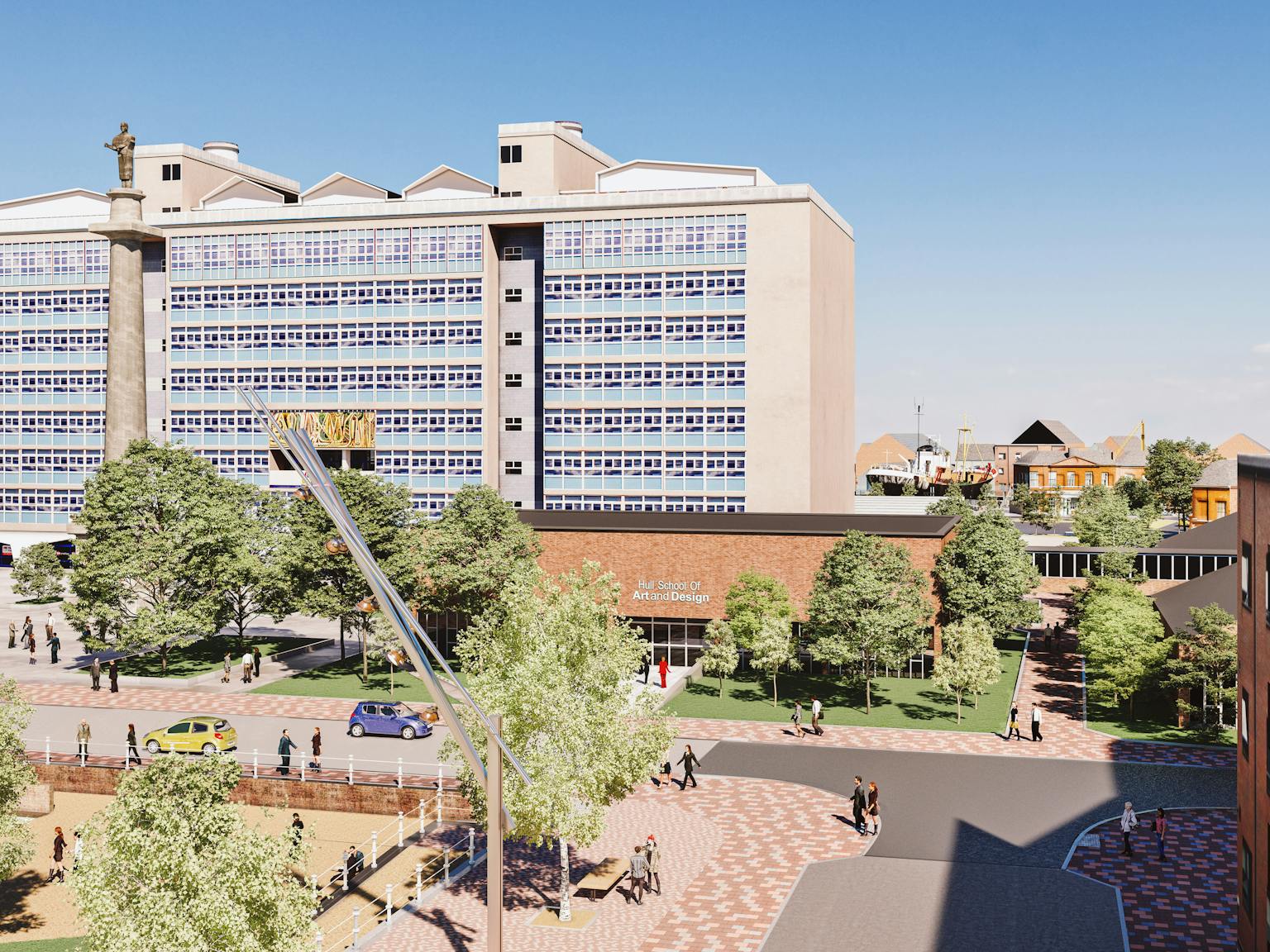
Outside the Maritime Museum and the Dock Office Chambers are the Queen’s Gardens — originally the Queen’s Dock — one of the largest dockyards in Hull. The area is Hull’s primary city centre outdoor space and throughout the scheme, our team are taking the opportunity to open up the gardens and improve the landscape, while establishing and enhancing the link between the memorials, the Maritime Museum and the gardens.
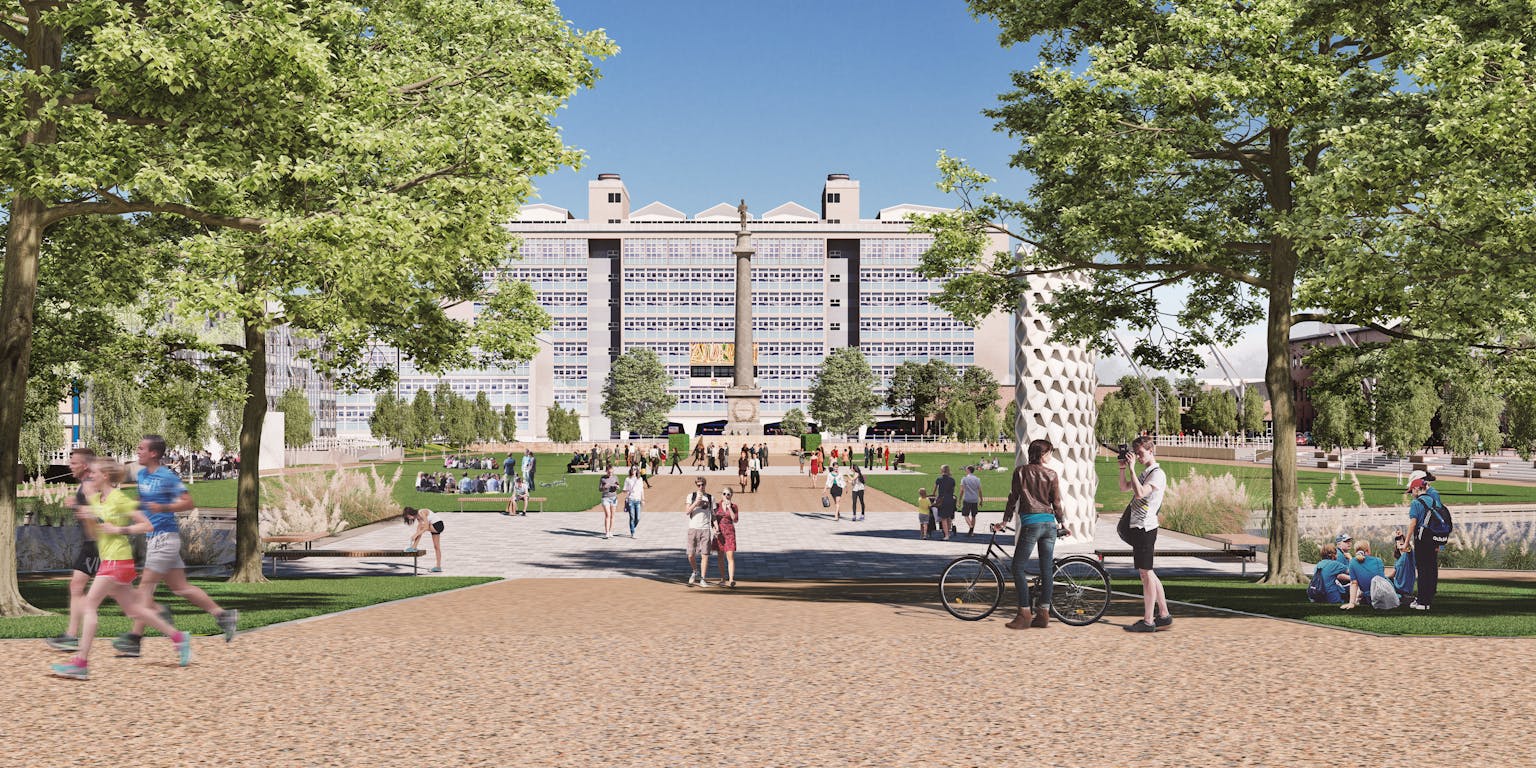
A key aspect of the scheme is to establish a linear route where visitors can easily navigate the historic landscape surrounding them. Hull College is an iconic building but its location currently blocks the view to the river (where historically sailors would have entered the Queen’s dockyard). Towards the other side of the building is the 17th century shipyard where the HMS Bounty historically was built. To establish this reconnection with its maritime history, the area will dock the Arctic Corsair, an important local ship.
To showcase and celebrate the trawler’s story, our team have designed a new Passivhaus visitor centre — which will sit alongside the historic ship and dock. This will rejuvenate the vacant industrial site, encouraging visitors and locals to explore the area of the city. Within the design, our team have applied Passivhaus principles to a non-domestic setting, designing a low-carbon building in use which is sympathetic to Hull’s industrial past. The Passivhaus design will include highly insulated building fabric, doors and windows alongside technology ensuring air quality and comfort.
